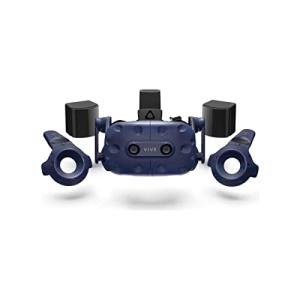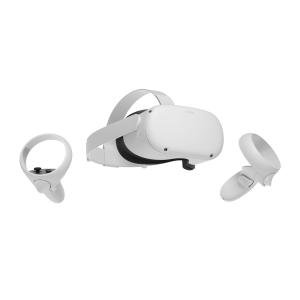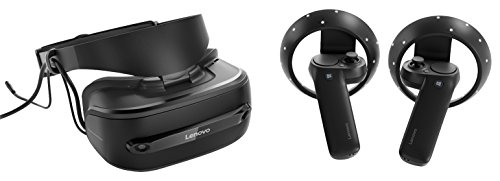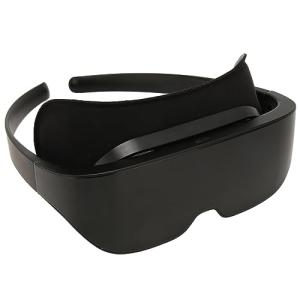Virtual reality training is changing the game in how we learn new skills. Imagine stepping into a lifelike environment without leaving your seat. This tech doesn’t just make training fun; it also provides a safe place to practice. Whether you’re learning to fly a plane, handle machinery, or even perform surgery, virtual reality training gives you that real-world experience without the risks. It’s like getting a backstage pass to your job.
One of the coolest things about virtual reality training is how it adapts to different learning styles. Not everyone learns the same way—some people like to watch, while others prefer to jump right in. With VR, users can engage in interactive scenarios that match their personal style. This flexibility helps people grasp complex concepts faster.
Imagine being in a room with colleagues, but instead of just reading a manual, you’re all experiencing a virtual simulation together. VR allows for collaboration like never before. Teams can work on projects in immersive team-building exercises, breaking down barriers and enhancing communication. Group training sessions can be way more effective when everyone can see and interact with the same scenario.
Virtual reality training also tracks progress in real-time. Users can receive instant feedback on their performance, making it easier to spot areas to improve. By pinpointing strengths and weaknesses, learners can focus on what's really important and tailor their practice to what they need the most. This personalized approach makes learning efficient and impactful.
Benefits of VR in Education
Virtual Reality Training is shaking things up in the education world. Imagine stepping into a virtual classroom where you can interact with 3D models, explore historical sites, or even conduct science experiments without any risk. This immersive experience makes learning way more engaging and a whole lot of fun!
One big benefit is that students can learn at their own pace. With Virtual Reality Training, they can revisit lessons or challenges as many times as they need to understand the material fully. This personalized approach helps build confidence and ensures no one gets left behind.
VR also brings subjects to life in a way that traditional methods just can't. Instead of reading about the human body in a textbook, students can take a virtual tour inside it. They get to understand complex subjects with a hands-on approach. Plus, it’s easier to remember things when you experience them firsthand!
Another fantastic aspect of Virtual Reality Training is that it prepares students for real-world situations. Whether it’s practicing medical procedures or honing skills for technical jobs, VR offers a safe space to learn and make mistakes without any consequences. This way, when they step into the real world, they’re ready to shine!
VR Headset for iPhone & Android Phone,3D VR Glasses for TV,Movies & Video Games,VR Headset with Remote Controller,Virtual Reality Headset for iPhone/Android Phone Compatible 4.7-6 inch
Product information
€54.60
Product Review Score
4.09 out of 5 stars
48 reviewsProduct links
Engaging Methods for VR Training
Virtual Reality Training opens up exciting ways to learn and grow! Imagine stepping into a fully immersive world where you can practice real-life skills without the risks. Whether you're a business looking to train employees or someone eager to learn new skills, VR makes the process fun and engaging.
One effective method in Virtual Reality Training is simulation. Picture a realistic environment where you can experiment with tasks. For example, in healthcare, trainees can perform surgeries in a virtual setting, gaining experience that feels incredibly real. It’s a fantastic way to build confidence before stepping into the actual situation.
Role-playing scenarios are another brilliant approach. In this setup, learners can tackle different roles and challenges, which helps them develop critical thinking and communication skills. It’s like being in a movie where you are the star! This method is excellent for customer service training, allowing staff to handle various situations and improve their responses.
Then there's gamification. Turning training into a game makes learning enjoyable and keeps participants more focused. You can earn points, level up, and even compete with peers. This adds a layer of motivation that traditional training methods often miss. With VR, learners are way more likely to stay engaged and actually enjoy the process of learning.
HTC Vive Pro Eye Virtual Reality System
Product information
Product Review Score
4.33 out of 5 stars
112 reviewsProduct links
Choosing the Right VR Training Tools
When it comes to Virtual Reality Training, picking the right tools can make all the difference. You want something that not only fits your needs but also enhances the learning experience. Look for VR platforms that offer a variety of educational modules tailored to your field. This way, you can engage participants and make the training memorable.
Compatibility is key! Before committing to a VR training tool, check if it works with your existing equipment. You don’t want to invest time and money only to find out your setup isn’t compatible. Search for VR systems that support multiple devices and platforms. This flexibility can save you a lot of headaches down the line.
Consider user-friendliness, too. The best Virtual Reality Training tools are intuitive and don’t require a steep learning curve. You want your team to dive right into training without spending too much time figuring out how to use the technology. Go for tools that offer clear instructions and support, so everyone can get started without frustration.
Don’t forget about feedback and analytics. Great VR training tools come with built-in tracking to monitor progress and performance. You’ll want to measure how effectively the training is improving skills or knowledge. Look for platforms that provide insights to help you fine-tune your training approach over time.






